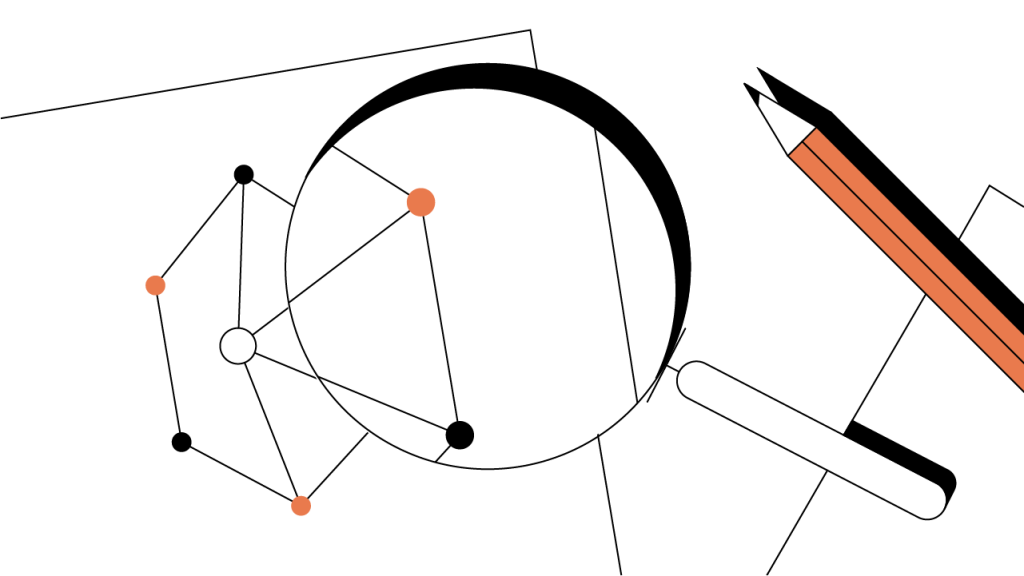Contents
What Is Kyber Network and How Does It Work?
Kyber Network supports token swaps for hundreds of dApps, crypto wallets, and DeFi platforms — all without an intermediary.

Summary
Kyber Network is a decentralized, blockchain-based protocol that aggregates liquidity and enables the exchange of tokens without an intermediary. Kyber Network can be integrated into decentralized applications (dApps), crypto wallets, and decentralized finance (DeFi) platforms. The protocol is governed by holders of its native Kyber Network Crystals (KNC) token through KyberDAO, a decentralized autonomous organization (DAO).
Kyber Network Defined
Kyber Network is a decentralized, blockchain-based protocol that facilitates the exchange of tokens without an intermediary and provides for decentralized finance (DeFi) applications. At the time of this writing, Kyber Network is integrated with more than 100 applications, and powers KyberSwap, Kyber Network’s (DEX). Kyber Network is governed by the holders of its native KNC token through KyberDAO, a (DAO).
Kyber Network Provides Critical Liquidity to DeFi
Before examining Kyber Network’s design, let’s first unpack why liquidity is important to the DeFi ecosystem. In the cryptocurrency community, liquidity refers to several things: the ability to exchange an asset without substantially shifting its price in the process, the amount of trading activity in a market, and the ease with which an asset can be converted to cash. Liquidity is essential to healthy, functional, user-friendly markets, but can be difficult for new DeFi protocols to both attain and retain.
In traditional financial markets, liquidity providers are centralized entities like banks and financial institutions. However, utilizing centralized entities to provide liquidity in DeFi markets would run contrary to the ecosystem’s ethos of decentralization. As a result, protocols like Kyber Network have emerged to take their place. Kyber Network’s mission is to create a world in which any token of value can be used anywhere for swaps in any wallet, as well as for payment services, and other newly developed financial products.
How Does Kyber Network Work?
Kyber Network consists of a set of smart contracts that can be implemented on any smart contract-capable blockchain, though it is only implemented on Ethereum as of December 2020. The protocol aggregates liquidity from a variety of reserves, including token holders, , and decentralized exchanges, into a single on its network. Anyone can provide liquidity to the network. Kyber Network enables its three primary users — (dApps), vendors, and crypto wallets — to execute instant token swaps without the use of a trusted third party.
Let’s run through two types of trades.
In every trade, there is the token that represents the core asset. Ether (ETH) currently acts as this token in the Ethereum implementation of the protocol, so any trade must involve an exchange of ETH for another token. Imagine that you want to trade ETH for BAT, Brave’s :
You send your ETH to the Kyber Network smart contract.
The contract then queries all of its reserves for the best ETH to BAT exchange rate.
The contract then sends the ETH to the reserve with the best ETH to BAT exchange rate.
Finally, that reserve then sends you your BAT.
Now let’s imagine that you want to trade BAT for . In this example, since you are not trading directly in ETH, some additional steps are required because ETH is the core asset:
You send your BAT to the Kyber Network smart contract.
The contract then queries all of its reserves for the best BAT to ETH exchange rate.
The contract then sends the BAT to the reserve with the best BAT to ETH exchange rate.
That reserve then sends ETH to the contract.
The contract then queries all of its reserves for the best ETH to DAI exchange rate.
The contract then sends the ETH to the reserve with the best ETH to DAI exchange rate.
Finally, that reserve then sends you your DAI.
Despite the second trade involving more steps, both trades are completed in a single blockchain transaction. Likewise, with Kyber Network, all trades are instantly settled on the blockchain and are either executed in full or reverted. In other words, your trades should never be partially executed (though they may be partially executed on other types of exchanges). Additionally, all exchange rates offered by reserves are publicly verifiable if you query the smart contracts.
When integrated into dApps, DeFi platforms, and crypto wallets, the Kyber Network has a wide range of use cases. For example, a dApp that would like to accept users who do not hold its native token can integrate the Kyber protocol to allow for in-app token swap and token conversion functionalities. These features enable the dApp’s users to utilize any Kyber Network-supported token and simultaneously enable the dApp to receive payment in the token of its choice.
KyberDAO and KNC
Holders of KNC can participate in the governance of Kyber Network through KyberDAO. By , KNC holders can vote on the network’s fee model, rebates for reserves, and other proposals, and also earn staking rewards denominated in ether. KNC is a deflationary staking token, which means its supply will decrease over time. KNC is only an as of December 2020, but Kyber Network anticipates that it will also be implemented on other blockchains in the future. Nonetheless, its supply will be managed as if it were a single token, and Kyber Network is developing technologies that will enable the transfer of KNC across blockchains.
Kyber Network’s broadly integrated protocol offers an , decentralized solution to DeFi’s liquidity challenges and provides ERC-20 tokens with ecosystem-wide utility.

Author
Is this article helpful?
